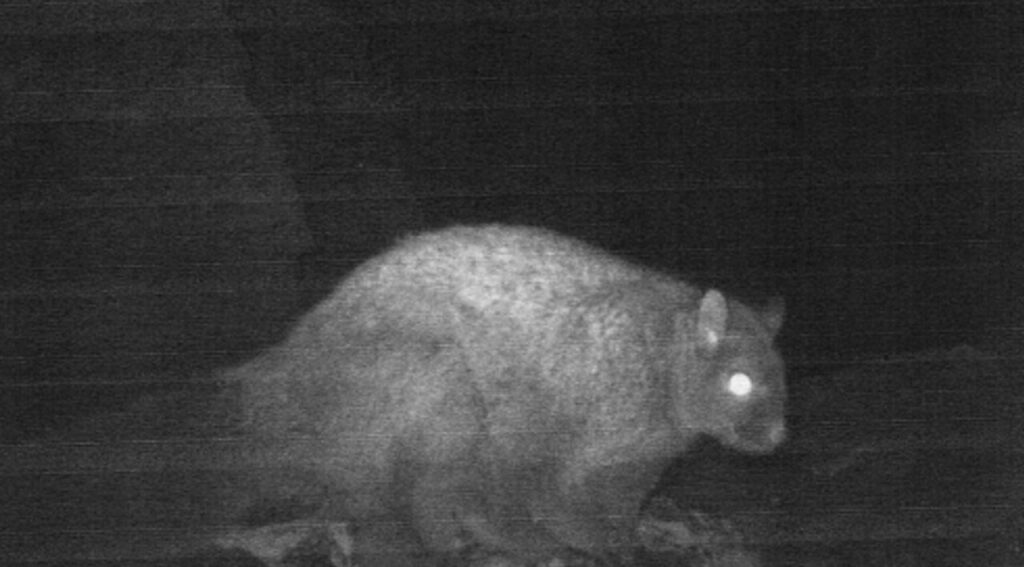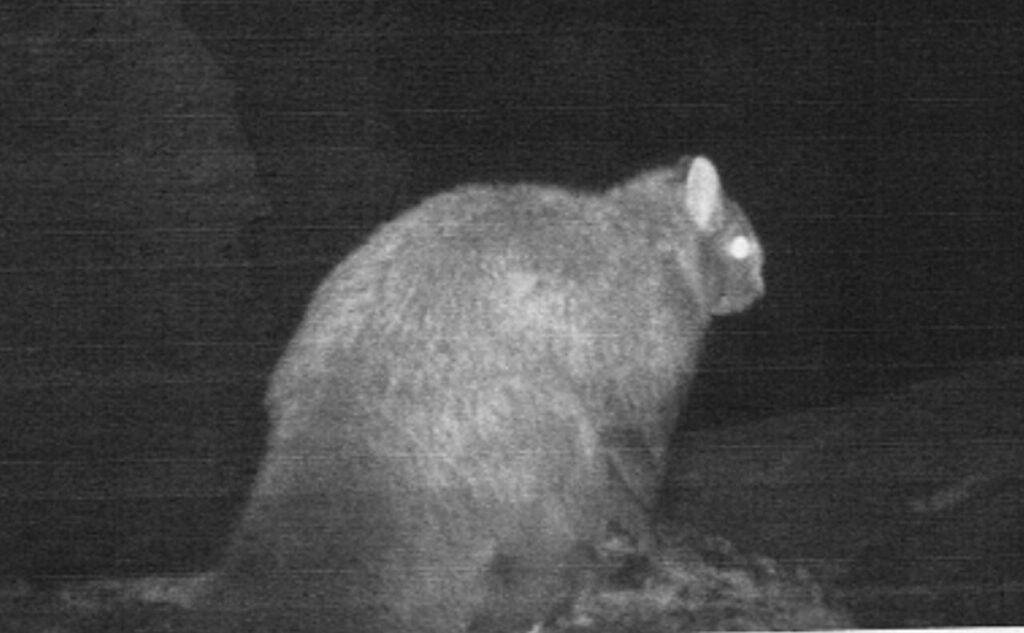
In a rare and significant wildlife discovery, the Himachal Pradesh Forest Department has successfully captured the first photographic evidence of the elusive Woolly Flying Squirrel (Eupetaurus cinereus) in the high-altitude Miyar Valley of Lahaul and Spiti district. The sighting marks a major addition to the state’s list of mammalian species and offers fresh hope for the conservation of high-altitude biodiversity.
The images were recorded during a camera trapping survey conducted between October 10 and December 4, 2024, as part of the Snow Leopard Population Assessment in India (SPAI) initiative. While the primary objective of the survey was to assess snow leopard populations, the discovery of the Woolly Flying Squirrel was an unexpected and exciting outcome.
A spokesperson for the Forest Department said the Woolly Flying Squirrel is endemic to the north-western Himalayas and was long thought to be extinct until it was rediscovered in 1994 after nearly seventy years. “Its presence in Himachal Pradesh was never documented through photographs before. This is a milestone in our conservation journey,” the spokesperson said.
The survey involved the installation of 62 camera traps across strategic locations in Miyar Valley. The effort was carried out by the Wildlife Wing of the Forest Department in collaboration with the Nature Conservation Foundation (NCF), following standard SPAI protocols.
Crucially, the fieldwork was supported by a team of local youth from Kibber village in Spiti, who have been actively engaged in conservation activities for more than a decade. Their experience and familiarity with the terrain were instrumental in navigating the difficult Himalayan landscape and deploying the equipment successfully. The team was also assisted by a passionate wildlife advocate from Lahaul.
Alongside the Woolly Flying Squirrel, the camera traps captured other notable species such as the snow leopard, Himalayan wolf, red fox, and mountain weasel. These species were observed in rocky cliffs and transitional zones just above the tree line — the preferred habitat of the Woolly Flying Squirrel.
Officials said the discovery sheds light on the ecological richness of the Miyar Valley and reinforces the need to continue scientific monitoring in the fragile ecosystems of Himachal Pradesh’s high-altitude regions. The presence of the Woolly Flying Squirrel adds to the growing evidence that the region supports a wide range of rare and threatened species.
Experts believe that such findings could help inform future conservation strategies and habitat protection policies in the Himalayan belt, where climate change and human activity pose growing challenges to biodiversity.
“This photographic documentation is not just a scientific achievement. It is a symbol of the unseen wonders that still exist in our remote valleys, and a call to strengthen efforts to protect them,” the spokesperson added.
The Woolly Flying Squirrel is known for its large size, dense fur, and gliding ability. Its nocturnal and secretive behavior has made it one of the least-studied mammals in the region. This new evidence is expected to revive interest in the species and encourage further ecological studies in the area.






